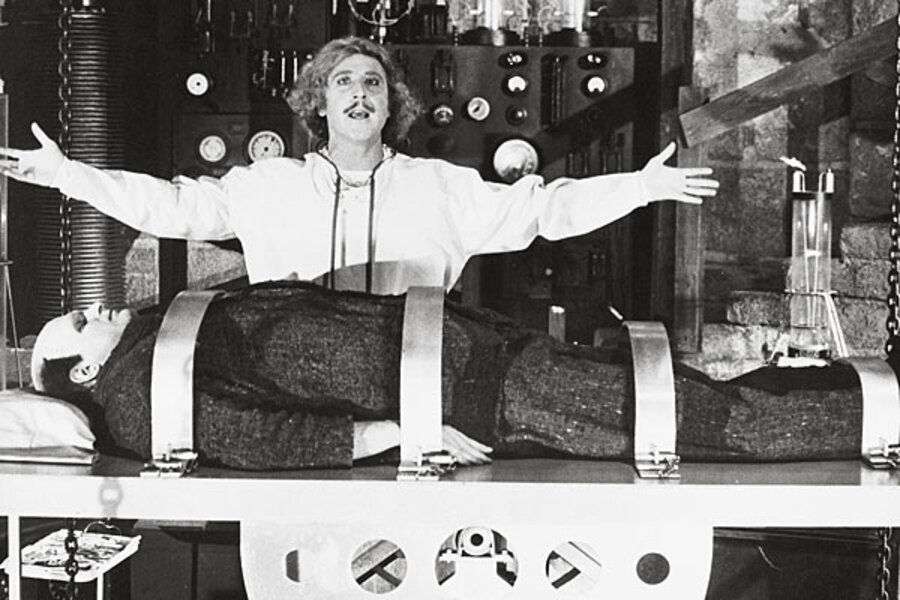Frankenstein moon: Astronomers vindicate Mary Shelley's account
Loading...
Many literary critics have long thought that Mary Shelley fabricated her account of how she came up with the idea for her 1818 novel "Frankenstein." But a research by a team of astronomers suggests that she was telling the truth.
In the preface to the 1831 edition of the novel, Shelley wrote that the idea first came to her in the summer of 1816, where she stayed in a manor on Lake Geneva with her future husband Percy Bysshe Shelley and the writers Lord Byron and John Polidori. Byron suggested that each of them write a ghost story. Days passed, but Shelley produced nothing but "that blank incapability of invention which is the greatest misery of authorship."
Then late one night, after a conversation about the possibility of using electricity to reanimate cadavers, the story came to her in a waking dream in which she saw a "hideous phantasm of a man" being animated by "the working of some powerful engine." When Shelley opened her eyes, she saw moonlight entering her room through the shutters, and a story was born.
Many literary scholars have long doubted Shelley's account of agonizing for days without an idea, only to have it arrive in a flash as the moonlight streamed into her room. Most accounts, largely based on Polidari's journals, have Byron issuing the ghost story challenge on June 16, 1816, and then have Shelley already at work on her story the following day. But Polidari never explicitly mentioned when Byron made his suggestion.
In an attempt to solve the mystery, a Texas State University research team headed by two physicists and an English professor traveled to Lake Geneva, Switzerland, to gather detailed topographic data about the surrounding mountains and the manor, called Villa Diodati, which still stands. Combining this with weather records and astronomical data, they concluded that a bright, gibbous moon would have shone into Mary Shelley's room between 2 a.m. and 3 a.m. on June 16. [Editor's note: An earlier version of this paragraph got the name of the university wrong.]
The team's findings are to run in the November issue of Sky & Telescope magazine.
“Mary Shelley wrote about moonlight shining through her window, and for 15 years I wondered if we could recreate that night,” said Texas State physics professor Donald Olson in a press release from the university. “We did recreate it. We see no reason to doubt her account, based on what we see in the primary sources and using the astronomical clues.
The team's findings suggest a new chronology, one in which Byron issued the ghost story challenge sometime after his arrival to Lake Geneva on June 10, but before June 13.
Frankenstein was not the only classic horror tale to emerge from Byron's challenge. Polidari, who lamented in his June 17, 1816, journal entry that everyone but him had begun their ghost story, eventually hit upon an idea. His resulting short story, "The Vampyre," was the first vampire story in the English language.





